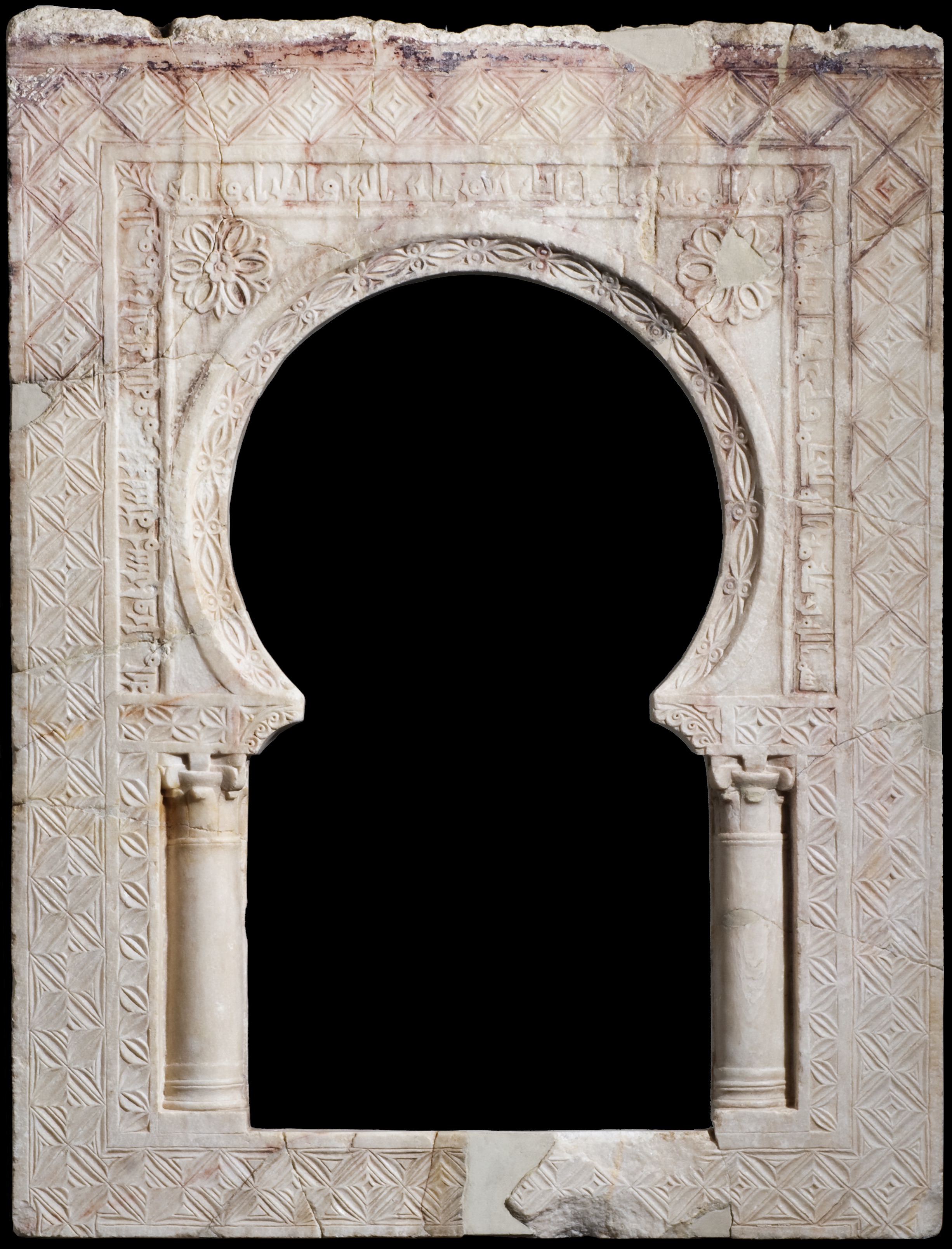Madinat al-Zahra: The Radiant Capital of Islamic Spain
Opening October 30th, 2024, ISAW presents Madinat al-Zahra: The Radiant Capital of Islamic Spain, the little-told story of the Islamic kingdoms of Europe. The exhibition explores how the Umayyad dynasty, ruling from their capital Madinat al-Zahra (936–1013 CE), transformed the Iberian Peninsula into a bustling hub for scholars, artists, and diplomats from Baghdad to Byzantium. The Umayyads desire to express their power, or al-mulk, led them to forge a thriving cosmopolitan society with international tastes in luxury goods, unique architectural styles that blended Islamic and Classical traditions, and a scientific curiosity of the universe.
Madinat al-Zahra presents over 160 objects from the caliphal capital that showcase how the city was fashioned into one of the gleaming jewels of the Medieval world.
Architectural elements such as wall reliefs, inscriptions, and column capitals carved with scrolling vegetation and flowing calligraphy illustrate how the city was itself a sculpted work of art. Luxury goods such as ivory pyxides, bronze fountain spouts, glimmering glazed pottery, and gold jewelry highlight the exquisite skill of the caliphal workshops. Many of these objects were widely gifted to royal courts across Europe, North Africa, and Western Asia, shaping courtly fashions through diplomacy, politics, and trade. The Umayyads were also great patrons of scholarly intellectualism, as can be seen in scientific instruments such as sundials and the reuse of Roman objects such as sarcophagi and statuary. The pursuit of knowledge led to the city becoming a renowned center for scientific discovery and learning. Madinat al-Zahra reveals how the Islamic history of Spain had significant impacts on the cultural identity of al-Andalusia, many of which can still be felt today.
Madinat al-Zahra is curated by Antonio Vallejo Triano, director of the Conjunto Arqueológico Madinat al-Zahra, and Eduardo Manzano Moreno, Research Professor at the Consejo Superior de Investigaciones Científicas in Madrid. The loans are generously granted from the Conjunto Arqueológico Madinat al-Zahra, Museo Arqueológico y Etnológico de Córdoba, Museo de Jaén, Museo Arqueológico Municipal de Jerez de la Frontera, The Metropolitan Museum of Art, the Brooklyn Museum, the American Numismatic Society, and the Hispanic Society Museum & Library.
This exhibition and its accompanying catalogue were made possible by generous support from the Achelis and Bodman Foundation, the Gladys Krieble Delmas Foundation, and the Leon Levy Foundation. Additional funding provided by Liz and Iris Fernandez Zimick.

Arched window with dedicatory inscription, marble, 961–62 CE (350 AH), Conjunto Arqueológico Madīnat al-Zahrāʾ, ISAW Checklist No. 40.

Fragmentary inscription with the name of caliph ʿAbd al-Raḥmān III, limestone, 929–61 CE (316–50 AH), Conjunto Arqueológico Madīnat al-Zahrāʾ, ISAW Checklist No.1